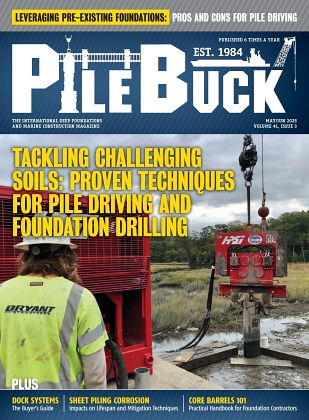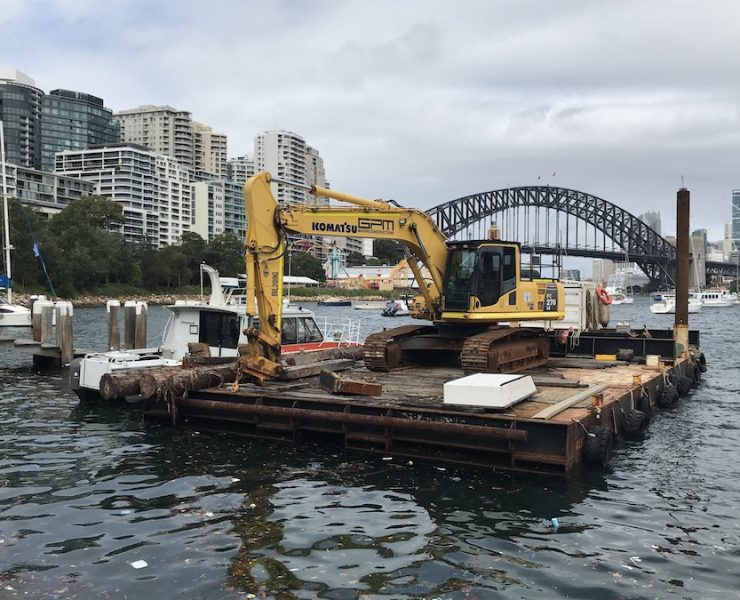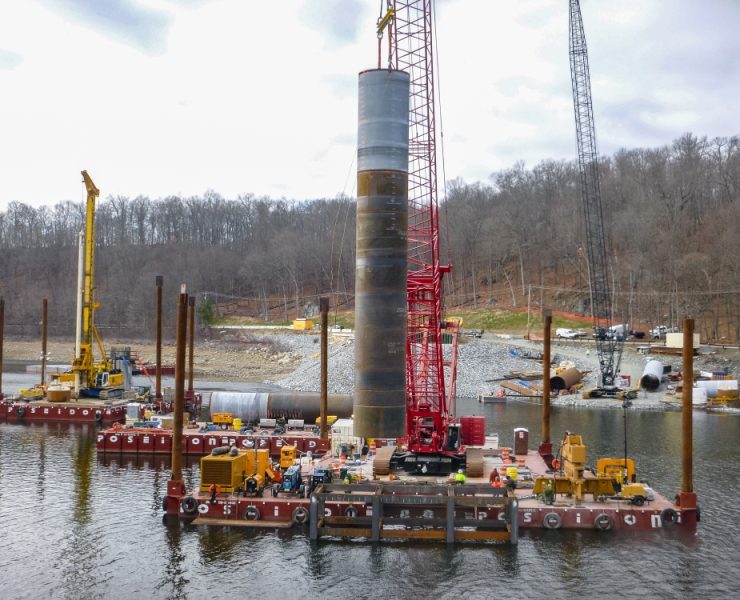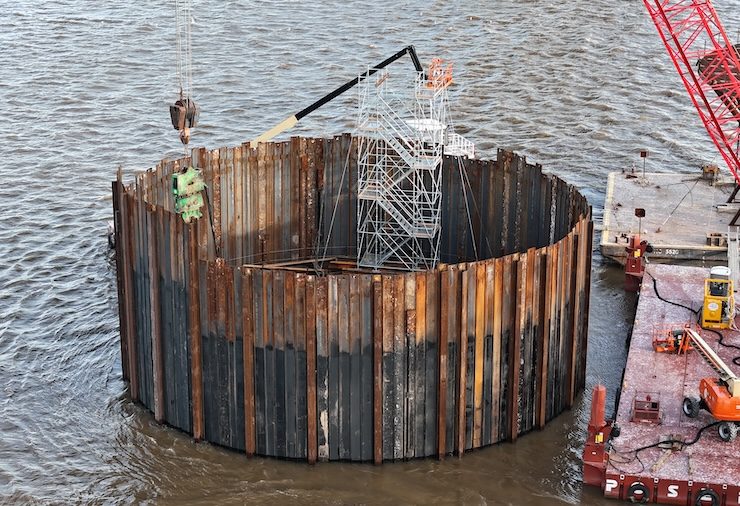Waterfront Facility Inspection: Part I – Introduction
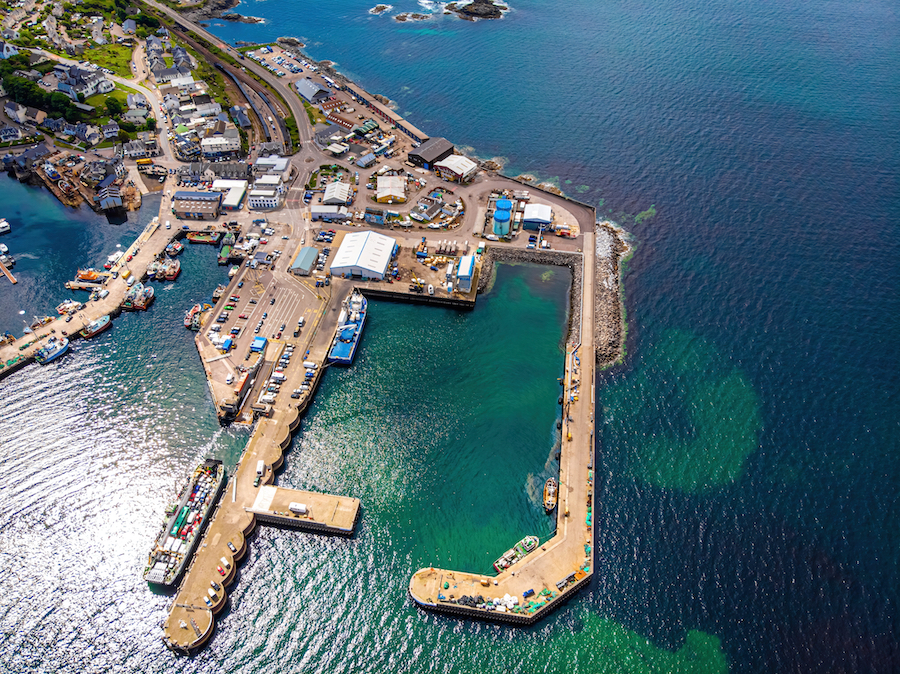
View the complete article here.
5-1 GENERAL CONSIDERATIONS
The fundamental purpose of any inspection is to provide the information necessary to assess the condition (capacity, safety, and rate of deterioration) of a structure. Waterfront structures to be inspected include: piers, pilings, wharves, quaywalls, fender systems, dolphins, and drydocks.
5-1.1 Inspection Objectives
Inspections are classified according to the objectives. These include:
- Baseline – to obtain data on a facility that has not been inspected. This inspection involves the greatest “pre-inspection” effort.
- Routine – to obtain data on general condition, confirm drawings, estimate repair costs, etc.
- Design Survey – to obtain data for specifications or for detailed cost estimates.
- Acceptance – to obtain data confirming that a repair has been completed according to plan or specification.
- Research – to obtain data on deterioration rates, etc.
- Identification and description of all major damage and deterioration of the facility.
- Description of facilities inspected including updated layouts of pile plans (which occasionally differ significantly from the drawings available at the activity).
- Documentation of types and extent of marine growth, if applicable.
- Water depth, visibility, tidal range, and water current.
- Assessment of general physical condition including projected load capacities.
- Recommendations for required maintenance and repair (M&R).
- Budgetary estimates of costs of this M&R, including examples of how estimates were derived.
- Identification of any problems associated with mobilization of equipment, personnel, and materials to accomplish repairs/maintenance.
- Estimate of expected life of each facility.
- Recommendations for types and frequencies of future underwater inspections.
5-1.2 Information an Inspection Should Provide
There are a number of reference documents dealing with waterfront inspections. The inspection procedures and planning factors outlined in this section have been taken from several of them. Two important references are:
- NAVFAC MO-322, Inspection of Shore Facilities
- NTRP 4-04.2.8, Conventional Underwater Construction and Repair Techniques
- NTRP 4-04.2.9, Expedient Underwater Construction and Repair Techniques
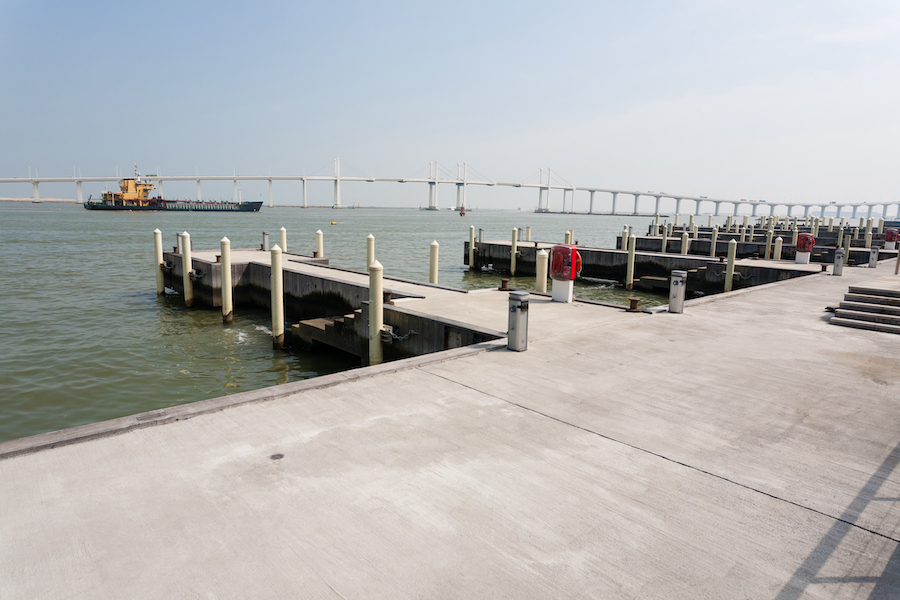
5-2 LEVELS OF INSPECTION
For any inspection objective, three levels of inspection effort are used for inspecting waterfront facilities:
5-2.1 Level I – General Visual Inspection
This inspection involves no cleaning of any structural elements and, therefore, is the most rapid of the three types of inspection. The purpose of the Level I inspection is to confirm as-built structural plans, provide initial input for an inspection strategy, and detect obvious major damage or deterioration due to overstress, impacts, severe corrosion, or extensive biological growth and attack.
5-2.2 Level II – Close-Up Visual Inspection
This inspection is directed toward detecting and identifying damaged or deteriorated areas that may be hidden by surface biofouling or deterioration and obtaining a limited amount of deterioration measurements. The data obtained should help estimate the facility’s load capability. Level II inspections will often require cleaning the structural elements. Since cleaning is time consuming, it is generally restricted to areas that are critical or which may be representative of the entire structure. The amount and thoroughness of cleaning to be done is governed by what is necessary to determine the general condition of the overall facility.
It is recommended that a “Level III” above and under water inspection be performed on piers identified for mooring use during heavy weather conditions. This inspection normally includes underwater inspections, and will often require the use of nondestructive testing (NDT) techniques. It may also require using partially destructive techniques, such as core sampling of concrete and wood structures, physical material sampling, or surface hardness testing. The purpose of this type of inspection is to detect hidden or interior damage, loss in cross-sectional area, and material homogeneity. A Level III examination will normally require cleaning. The use of NDT techniques are usually limited to key structural areas, areas that may be suspect, or structural members that may be representative of the underwater structure. Level III inspections require more experience and training than Level I or Level II inspections, and should be done by qualified engineering or nondestructive testing personnel. This type of inspection is covered in MO-104.2.
Inspection of waterfront facilities is considered to be a specialized control inspection within the Navy. The underwater inspection should be done by a qualified, certified diver supervised by an engineer or a qualified engineering diver. The structural assessment must be done by an engineer with experience and skill in inspection procedures and techniques.
View the complete article here.
What is the importance of waterfront facility inspections?
Waterfront facility inspections are vital to ensure the safety, integrity, and longevity of the structures. Regular inspections can help identify potential issues early, prevent major structural failures, and aid in planning maintenance or repair works effectively. This is essential to avoid downtime, costly repairs, and possible accidents.
What does a waterfront facility inspection typically involve?
A typical waterfront facility inspection involves assessing the physical condition of structures such as bulkheads, seawalls, piers, wharves, and docks. Inspectors check for signs of distress or failure in these structures, including cracking, corrosion, decay, and deformation. The inspection process may involve both visual assessments and more detailed investigation methods.

